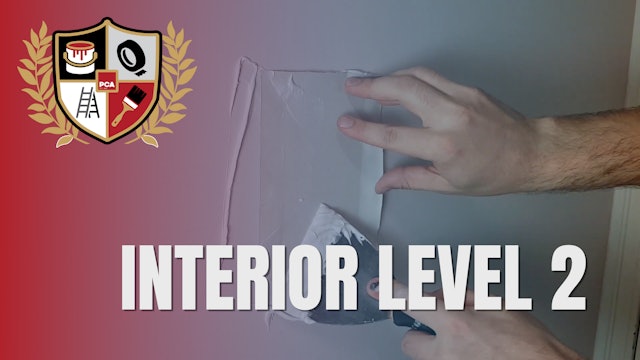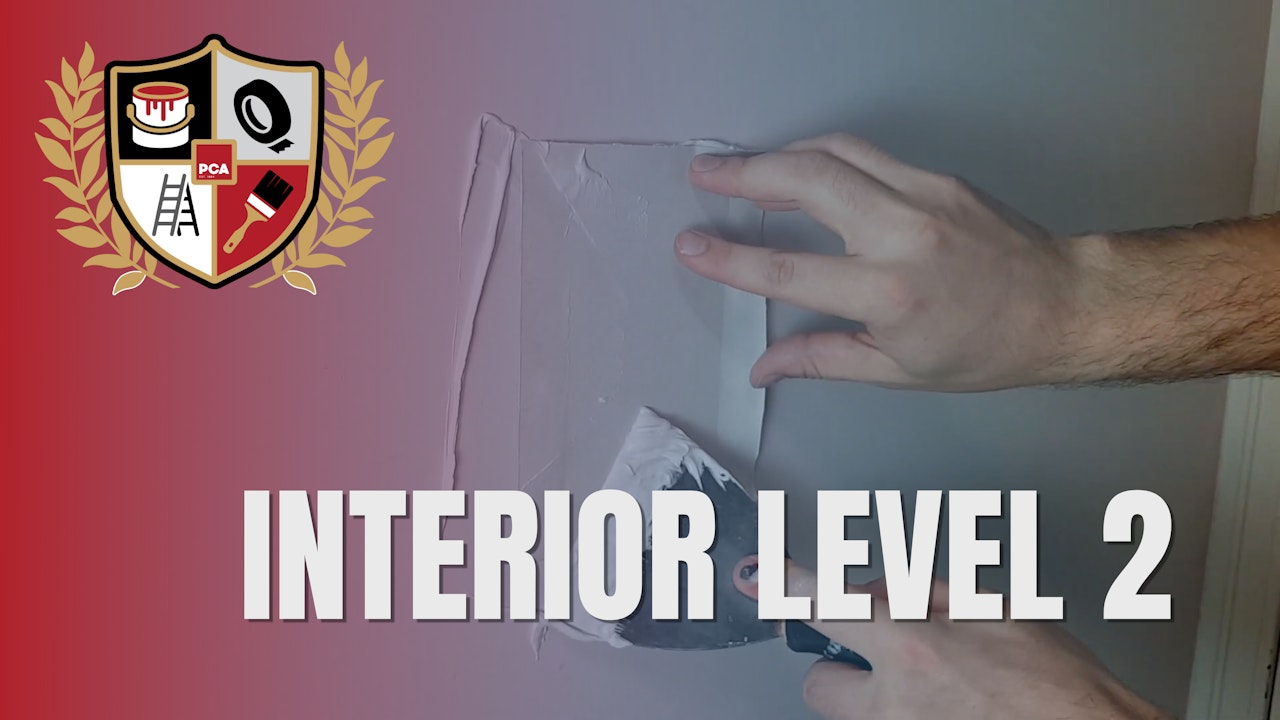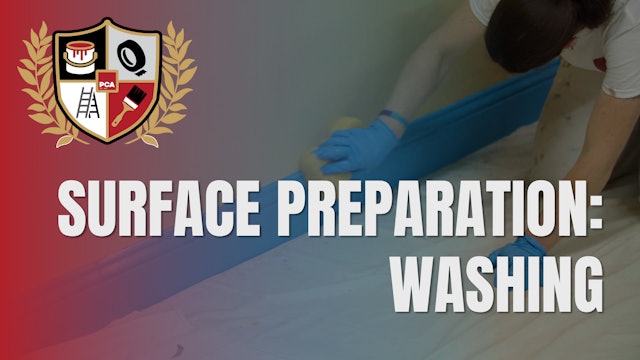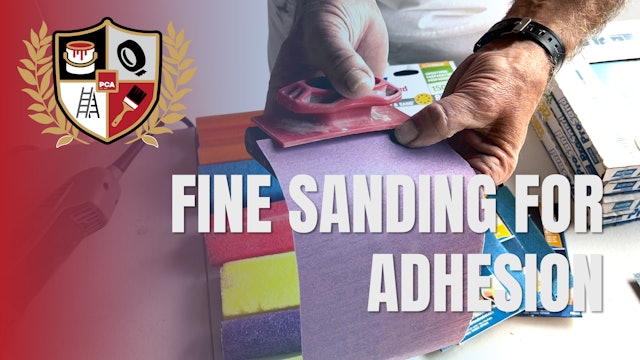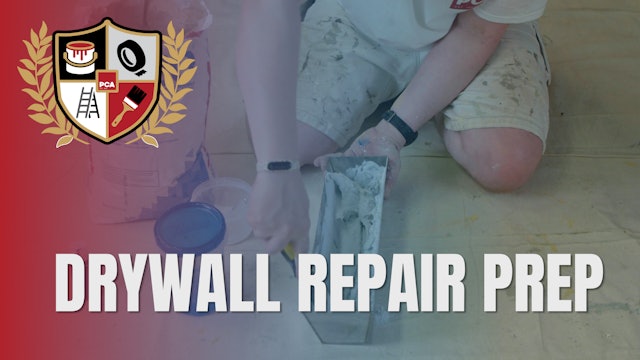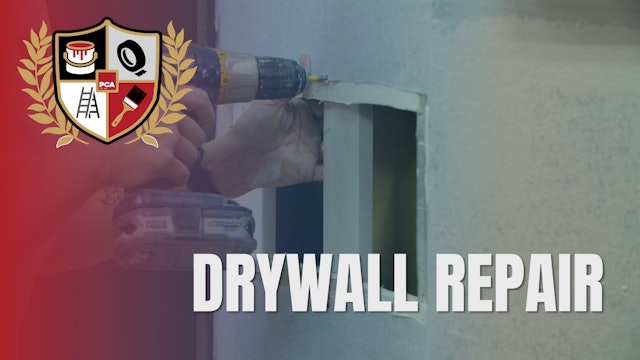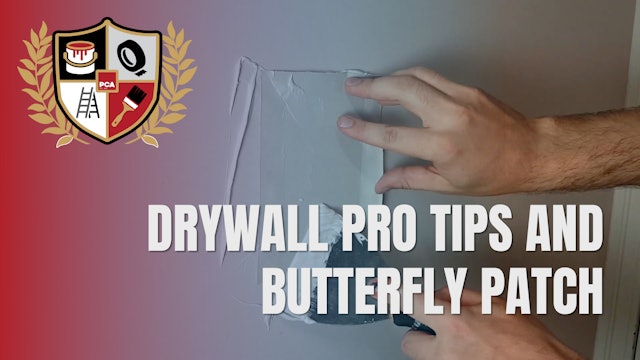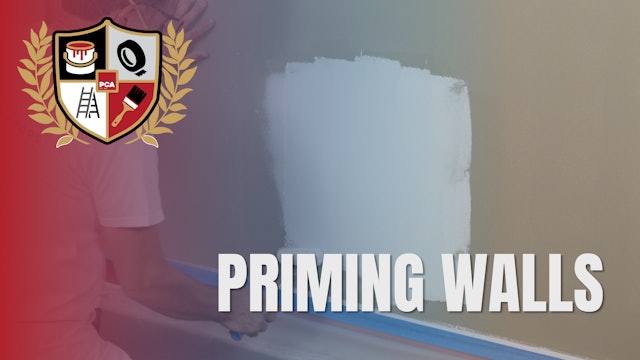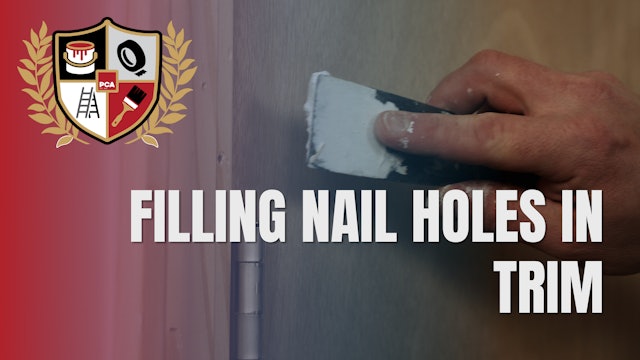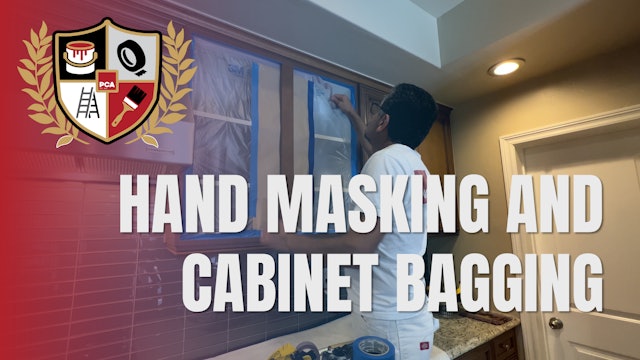-
Surface Preparation: Washing
Good surface preparation begins with good cleaning. Why? Because we don’t paint over dirt. As a matter of fact, a properly cleaned surface is free of dust, grease, dirt, oil, nicotine, furniture polish, tape, adhesive, scuff marks, mildew, hairspray, soap scum, detergents, residual cleaning agent...
-
Fine Sanding for Adhesion
When you sand a coated or finished surface, it is typically referred to as scuff sanding, fine sanding, light sanding, or buff sanding. The reasons to sand before applying a fresh coat of paint—are many.
-
Drywall Repair Prep
Drywall repair begins with understanding the materials and tools you’ll need to do the repair. And we always want to be thinking about ways to reduce dust. Ideas include using a vacuum sander when available, covering the vents, cold-air returns, and doorways with poly. In any case, always wear a ...
-
Drywall Repair
One of the most critical steps in the room painting process is patching and repairing the existing drywall. Before the actual repairs take place, we need to determine what kind of patching material to use depending on the size of the repair and the amount of dry-time we want to give the patch.
...
-
Drywall Pro Tips and Butterfly Patch
At PCA we’ve gathered decades of experience from expert craftspeople. In this video, we’ll share some tried and true professional tips to keep in mind when repairing drywall. Let’s take a look…
-
Priming Walls
After drywall mud is applied to a wall, the mud acts like a sponge. The mud will absorb more sheen out of the paint than the rest of the wall. When everything dries, the mudded areas will show as dull spots and the sheen will not be consistent over the entire wall. This is called flashing. What e...
-
Filling Nail Holes In Trim
This lesson will explore how to fill nail holes in two of the most common wood finishes; enameled and stained. During installation, wood trim is riddled with nail holes that need to be filled. And sometimes, when repainting existing trim, we’ll also find it necessary to fill dings and dents to pr...
-
Hand Masking & Cabinet Bagging
The objective of this lesson is to learn how to protect cabinet openings from overspray or materials we don’t want inside the cabinet. First, we’ll learn some cabinet vocabulary.
